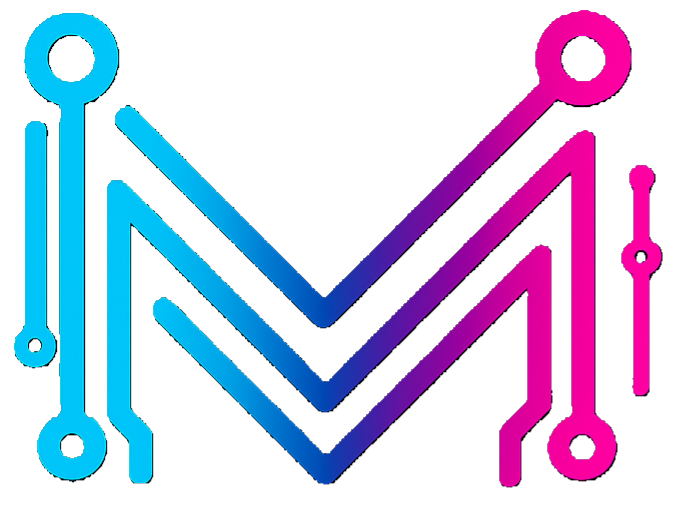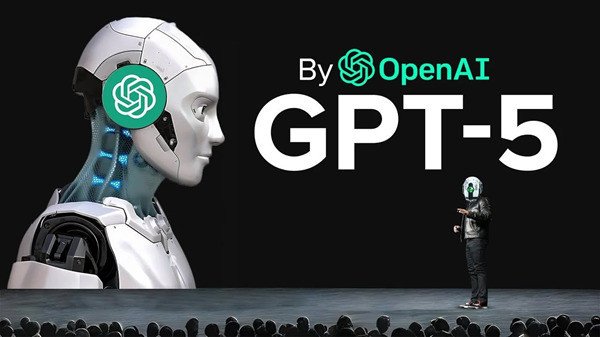Table of Contents
AI for beginners is one of the most concerning subjects. Let’s be honest, the term “Artificial Intelligence” gets thrown around a lot. Depending on who you ask, it’s either a world-saving miracle, a job-stealing robot overlord, or that thing that makes your Netflix recommendations a little too accurate.
If you’ve ever nodded along during a conversation about AI while secretly thinking, “I have no idea what’s going on,” you’ve come to the right place.
Welcome to the ultimate guide to AI for beginners. Our goal is simple: to break down the AI fundamentals without the confusing jargon or the need for a degree in computer science. Forget the sci-fi—let’s talk about what AI really is and how it actually works.
So, What is AI (and What Isn’t It)?
At its core, Artificial Intelligence (AI) is the science of teaching computers to think, learn, and solve problems in ways that mimic human intelligence. Think of it like training a very, very smart puppy. You don’t write a long instruction manual for every single task; you show it examples, and it starts to figure things out on its own.
A common point of confusion is the alphabet soup of terms: AI, ML, DL. Here’s the simple breakdown:
- AI (Artificial Intelligence): The big, overarching idea of smart computers.
- ML (Machine Learning): The main method we use to achieve AI right now. It’s a part of AI.
- DL (Deep Learning): A super-powered type of Machine Learning. It’s a part of ML.
It’s like Russian nesting dolls: Deep Learning is inside Machine Learning, which is inside AI.
Dive Deeper: For a full breakdown, check out our guide: AI vs. Machine Learning vs. Deep Learning: What’s the Real Difference?
The Main Flavors of AI: From Dumb to Dangerous
Not all AI is created equal. Scientists usually classify AI into three main types based on its capabilities.
- Artificial Narrow Intelligence (ANI): This is the only type of AI we have right now. It’s an AI that is incredibly good at one specific task. The AI that powers ChatGPT is amazing at language, but it can’t drive a car. The AI in your Tesla can drive, but it can’t write a poem. They are specialists, not generalists.
- Artificial General Intelligence (AGI): This is the sci-fi dream—an AI with the same level of intelligence and consciousness as a human. It could learn any task, understand context, and have genuine creativity. AGI does not exist yet, and experts are wildly divided on when (or if) it will ever arrive.
- Artificial Superintelligence (ASI): This is the next step up, where an AI becomes vastly more intelligent than all of humanity combined. It’s a fascinating and frankly terrifying concept that keeps philosophers and Elon Musk up at night.
Read More: Explore the differences in our article: The 3 Main Types of AI Explained (Narrow, General, and Superintelligence
How Does AI Actually Learn? A Core Concept of AI for beginners
Okay, so how do we “teach” a computer? This is the most crucial concept in AI for beginners to grasp. The most common way is through Machine Learning. This is where the real magic happens. Instead of a programmer writing millions of lines of rules, they feed the machine a massive amount of data and let it figure out the patterns itself.
There are three main “teaching styles” for machine learning:
- Supervised Learning: This is like studying with flashcards. You give the AI a ton of data that has already been labeled. For example, you show it 1 million pictures labeled “cat” and 1 million labeled “dog.” Eventually, it learns to recognize the patterns and can identify a cat or dog in a new photo on its own.
- Unsupervised Learning: This is like being thrown into a messy room and told to “organize it.” The AI is given a mountain of unlabeled data and has to find its own patterns and groupings. This is how services like Spotify can discover “clusters” of users who like similar music and create recommendation playlists.
- Reinforcement Learning: This is learning by trial and error. An AI agent is given a goal and gets rewards for actions that get it closer to that goal, and punishments for actions that don’t. This is how AI models learned to beat the world’s best players at chess and Go—by playing millions of games against themselves.
Learn a style: Pick a learning method to explore further! Supervised, Unsupervised, or Reinforcement Learning
The AI Brain: Neural Networks and Deep Learning
When you hear about the “brains” behind AI, people are usually talking about Neural Networks. Inspired by the structure of the human brain, a neural network is a system of digital “neurons” that process information in layers.
When a neural network has lots and lots of layers, it’s called a Deep Neural Network. And the process of training these big, deep networks is called—you guessed it—Deep Learning. This is the powerful technology that allows AI to do incredible things like recognize faces, understand speech, and even drive cars.
Get the Details: See how it all connects in Neural Networks Explained: The Brains Behind AI
The Creative Revolution: Generative AI
For a long time, AI was mostly used to analyze and categorize things that already existed. But a new type of AI has taken the world by storm: Generative AI.
As the name suggests, this AI generates brand new, original content. It’s the creative artist of the AI world. This is the technology behind:
- Text Generation: ChatGPT creating an email or a poem.
- Image Generation: Midjourney or DALL-E creating a stunning work of art from a text prompt.
- Video and Music: Tools like Sora and Suno creating realistic videos and full-length songs.
This is all made possible by Large Language Models (LLMs), which are a type of deep learning model trained on a mind-boggling amount of text and data from the internet.
Explore Creativity: Learn more in our guides: What is Generative AI? and What is a Large Language Model (LLM)?
Where AI Hides in Your Daily Life?
You might not realize it, but you’re already using AI every single day. It’s not a futuristic concept; it’s the quiet engine running in the background of your digital life.
- The spam filter in your email.
- The recommendations on Netflix, Spotify, and Amazon.
- The “Portrait Mode” on your phone’s camera that blurs the background.
- The traffic predictions and route planning in Google Maps or Waze.
- The facial recognition that unlocks your phone.
The Journey is Just Beginning
And there you have it—the fundamentals of AI for beginners, demystified. From the basic idea of smart machines to the powerful neural networks that power generative AI, you now have a solid foundation to understand the technology that is shaping our world.
This is just the beginning of a fascinating journey. To continue learning, dive into any of the detailed guides linked throughout this article. Welcome to the future







Leave a Reply
You must be logged in to post a comment.